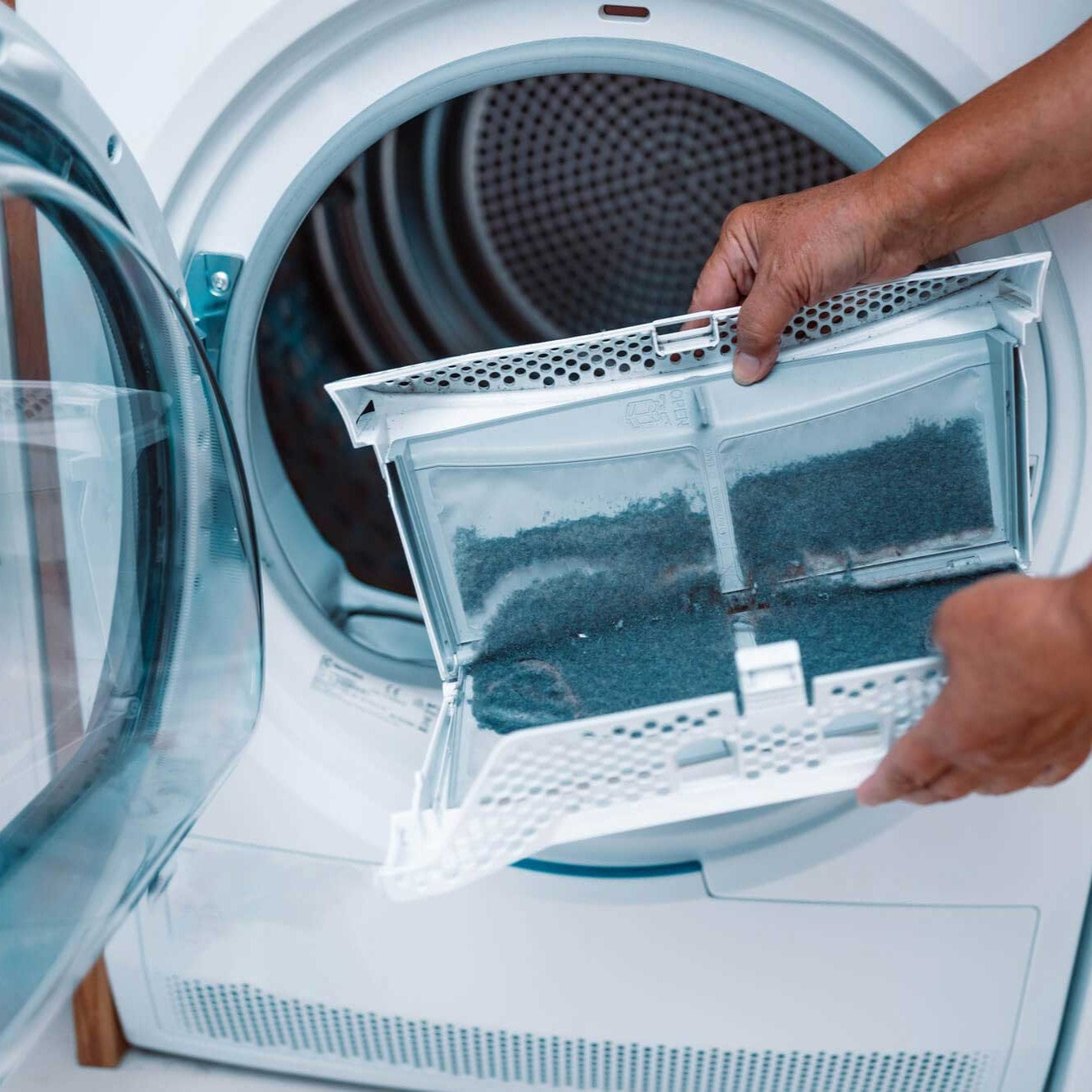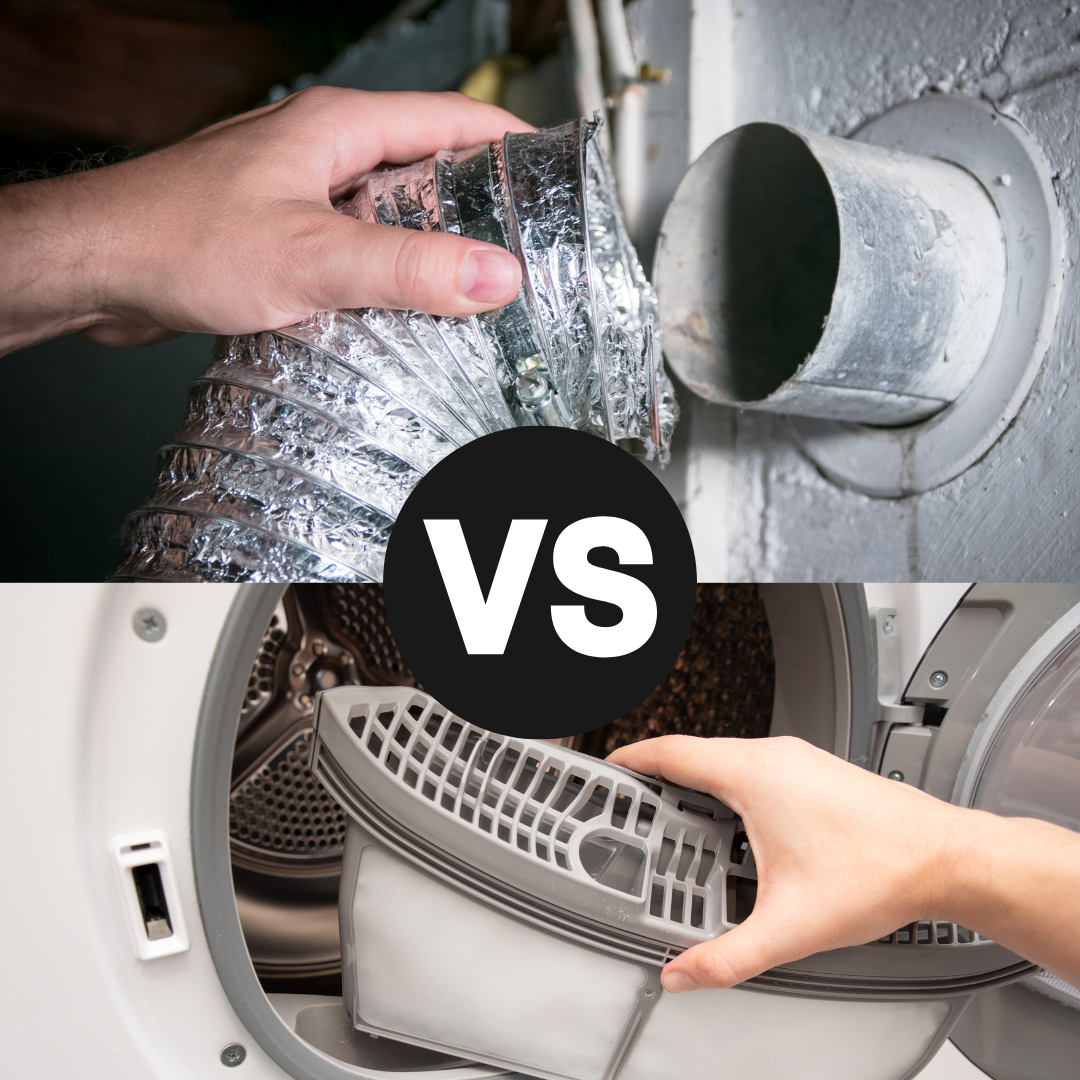A dishwasher isn’t just a luxury appliance — in busy Singaporean households, it’s a real time-saver. Whether you’re managing a family kitchen or simply want a more hygienic way to clean your tableware, using your dishwasher correctly makes all the difference.
Many users unknowingly waste energy, water, and detergent due to improper loading or programme choices. To help you get the most out of every wash cycle, here are 7 essential tips for optimal dishwasher performance.
1. Load Place Settings the Right Way

A standard dishwasher capacity is often measured in place settings — usually 12 to 14 sets for a full-sized unit. Each setting includes a soup plate, dinner plate, dessert plate, saucer, glass, cup, teaspoon, soup spoon, dessert spoon, fork, and knife.
This helps you estimate how much your dishwasher can handle in a single load — ideal for families or after gatherings. Always load items securely to prevent rattling or breakage during the wash.
2. Only Use Dishwasher-Safe Materials

Not all kitchenware is dishwasher-friendly. Avoid loading:
- Cast iron, aluminium, brass, tin, or bronze — they may rust or discolour
- Wooden utensils or bambooware — they may crack or warp
- Crystal glassware or delicate china — only load if clearly labelled dishwasher-safe
When in doubt, check the manufacturer’s symbol at the bottom of the item.
3. Scrape — Don’t Rinse — Food Residue

Contrary to popular belief, you don’t need to pre-wash your dishes. Dishwashers work best when there’s a small amount of residue for the detergent enzymes to latch onto.
However, you should scrape off solid food particles like bones, seeds, rice, or noodles to prevent clogging the drain filter.
4. Face All Dishes Downwards

Dishwasher spray arms are located at the base and sometimes at the top, spraying water upward. This means:
- Plates should face inward and downward
- Bowls should be tilted toward the centre
- Cups and glasses should be placed upside down
- Avoid stacking or overlapping — water must reach every surface
Proper placement ensures even cleaning and prevents water spots.
5. Organise by Soil Level
For best results, sort your dishes based on how dirty they are:

This ensures both gentle cleaning and powerful stain removal in a single cycle.
6. Select the Correct Programme
Modern dishwashers come with multiple wash modes. Choosing the wrong one may waste water and energy.

Refer to your manual for cycle duration and temperature settings.
7. Use the Right Amount of Detergent

Overusing detergent won’t make dishes cleaner — instead, it may leave soap residue or damage internal components. If you're using liquid or powder detergent, always follow the dosage guide for soft or hard water settings.
For convenience, all-in-one tablets are pre-measured, but make sure your wash cycle runs long enough for full dissolution.
Final Thoughts
With the right loading techniques and wash settings, your dishwasher can deliver sparkling results while using less energy and water. A little organisation before each cycle goes a long way toward prolonging your appliance’s lifespan and improving hygiene at home.




